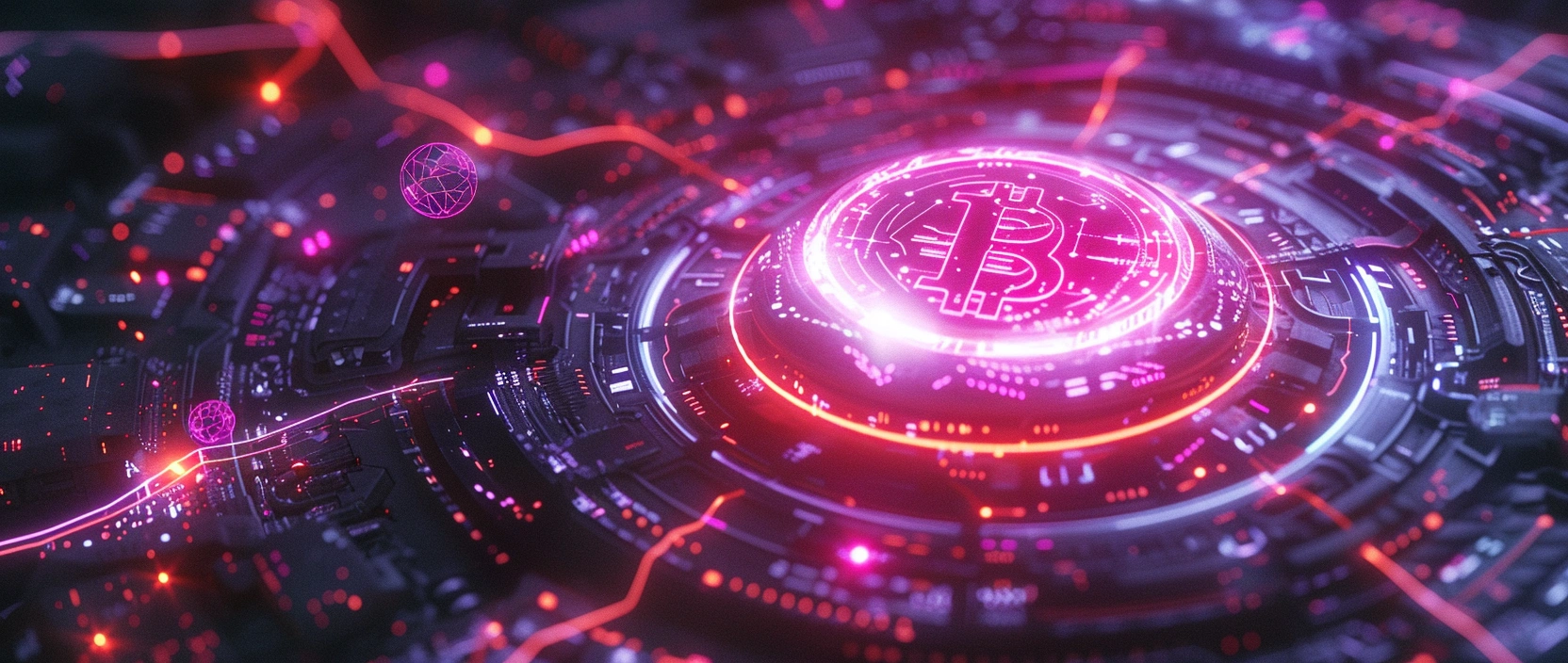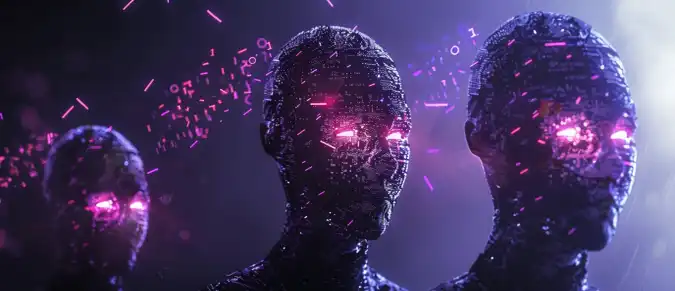Sahara AI is an innovative decentralized artificial intelligence ecosystem that builds a new economy of digital assets where models, datasets, and compute resources belong to users—not corporations. The platform introduces transparent attribution, fair rewards, and a secure environment for developing and deploying AI. By combining blockchain, private computation, distributed infrastructure, and its own token economy, Sahara AI forms an independent marketplace for AI assets, accessible to anyone. This article provides a comprehensive overview of the project’s concept, architecture, audience, economy, and long-term development prospects.
Contents
- Mission, Goals, and Concept of Sahara AI
- Architecture and Technological Stack of Sahara AI
- Economic Model and Platform Tokens
- Audiences and Use Cases of the Project
- Advantages, Challenges, and Future Prospects of Sahara AI
- Conclusion

1. Mission, Goals, and Concept of Sahara AI
Sahara AI is building an open and independent ecosystem where digital AI assets—models, datasets, and intelligent agents—remain the property of their creators, protected through blockchain-based attribution and verification. The project introduces a new paradigm in artificial intelligence, breaking the monopoly of large tech corporations and making intelligent technologies accessible to a much broader audience. The concept of Sahara is rooted in provable provenance, ensuring every modification, usage, and transfer of an AI asset is transparently recorded.
By merging decentralization with private computation, Sahara removes barriers for researchers, entrepreneurs, and enterprises who previously lacked access to high-quality AI infrastructure. The platform establishes clear participation rules: creators of models and datasets receive revenue shares each time their assets are used anywhere in the ecosystem. This transforms AI development from a one-time effort into a sustainable economic activity.
An additional benefit is the creation of a global trust network, where every participant can verify the origin of AI assets—critical for financial institutions, enterprise developers, and partners. Sahara aims not just to decentralize artificial intelligence but to redefine its economic foundation, shaping standards that may become foundational for the global AI market.
2. Architecture and Technological Stack of Sahara AI
The architecture of Sahara AI is built on a multilayered structure that ensures the independence of each module while maintaining seamless synchronization across the entire ecosystem. This design enables the platform to scale without losing performance or reliability, supporting both lightweight AI models and enterprise-grade systems built on massive datasets. Thanks to its modularity, the platform can integrate into corporate infrastructures as well as Web3 environments.
Below is a table summarizing the core architectural components:
| Component | Purpose | Functions |
|---|---|---|
| Application Layer | User interaction interfaces | SDK, APIs, AI agents, asset marketplace |
| Transaction Layer | Sahara blockchain | Attribution, licensing, AI asset trading |
| Data Layer | Data management | Hybrid on/off-chain storage, models, datasets |
| Execution Layer | Compute infrastructure | Model training, agent execution, workload distribution |
This architecture is specifically designed for the demands of modern AI: large-scale models, high-speed processing, and efficient provenance tracking. Each layer supports the next, forming a unified lifecycle for AI assets. The platform also incorporates encryption modules that secure data at every stage of processing.
Sahara provides enterprises with confidence in AI adoption, offering high reliability, privacy guarantees, and verifiable trust. This makes the system suitable for building intelligent applications, running data analytics, and deploying scalable AI-driven products.
3. Economic Model and Platform Tokens
The SAHARA token is the core element of the platform’s economic model. Its utility extends far beyond payments—it functions as the unit of value, an incentive mechanism, and a governance tool. Token holders gain access to platform features, license models, participate in decision-making, and earn rewards for contributing to the ecosystem.
The revenue-sharing model ensures fairness: model creators, dataset providers, and compute operators receive proportional rewards for their participation. This forms a circular economy in which every user has aligned incentives. The better the model or dataset performs, the more valuable it becomes in the marketplace.
SAHARA also acts as a governance element. Token holders influence strategic decisions, parameter updates, and the overall direction of the ecosystem. As usage grows and more AI assets enter the marketplace, token demand increases, reinforcing the economic sustainability of Sahara.

4. Audiences and Use Cases of the Project
Sahara AI serves a wide range of participants—developers, researchers, enterprises, infrastructure providers, and end users. The platform’s flexibility allows each group to utilize AI according to its needs, from building models to integrating AI-powered solutions into products. Below is a list of the main participant categories:
- Developers — create AI models, agents, and publish them on the marketplace.
- Data providers — supply datasets and earn rewards for their usage.
- Businesses — adopt AI for operations without building proprietary infrastructure.
- Researchers — train, experiment, and collaborate using shared models and data.
- Compute providers — monetize hardware by supplying processing power.
Use cases include enterprise analytics, workflow automation, AI-powered assistants, big-data processing, generative agents, and the monetization of proprietary AI models. Sahara reduces integration costs and provides organizations with reliable, scalable access to modern AI tools.
Educational and scientific institutions also benefit, gaining access to high-quality tools for experimentation while preserving asset ownership. This makes Sahara a powerful driver of AI innovation across various industries.
5. Advantages, Challenges, and Future Prospects of Sahara AI
The core strength of Sahara AI is the democratization of artificial intelligence. The platform removes traditional barriers, enabling participants to create, monetize, and deploy AI without intermediaries. The attribution system ensures trust, allowing individuals and organizations to track contributions across the entire lifecycle of AI assets.
However, the project faces challenges common to advanced AI ecosystems: compute scaling, competition with centralized AI giants, and the need to attract data providers and developers. Yet Sahara’s strategy, partnerships, and decentralized design position it well for long-term success.
Sahara’s future potential is substantial. As more models, integrations, and business solutions join the ecosystem, the platform strengthens its position in the global market. If development continues on the current trajectory, Sahara may become one of the most influential infrastructures in AI-driven Web3, reshaping the digital asset economy.
6. Conclusion
Sahara AI represents a new standard for artificial intelligence and digital asset management. By merging blockchain, private computation, and open economics, the platform provides a secure, scalable, and equitable infrastructure accessible to users worldwide. Model creation, licensing, and monetization become more transparent and accessible than ever before.
If Sahara continues to evolve steadily, it has the potential to become the foundation of a global decentralized AI economy. This makes the platform not just a technological innovation but a transformative force shaping the future of how people interact with intelligent systems.




